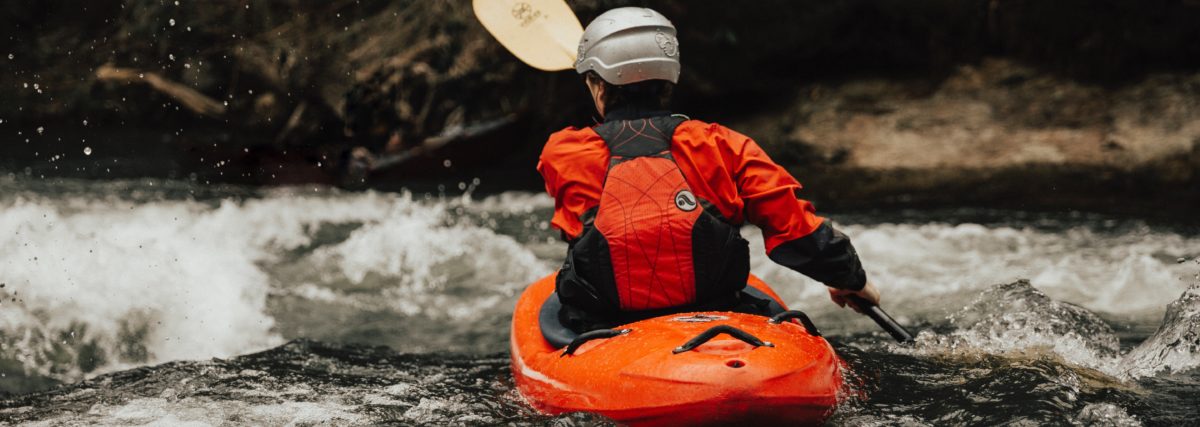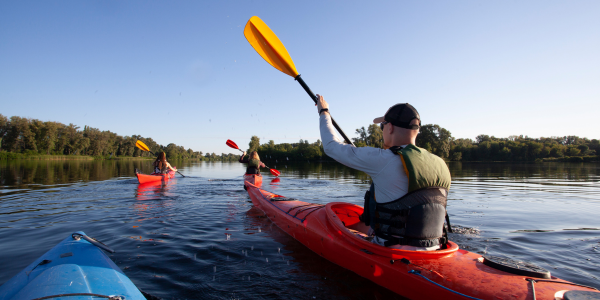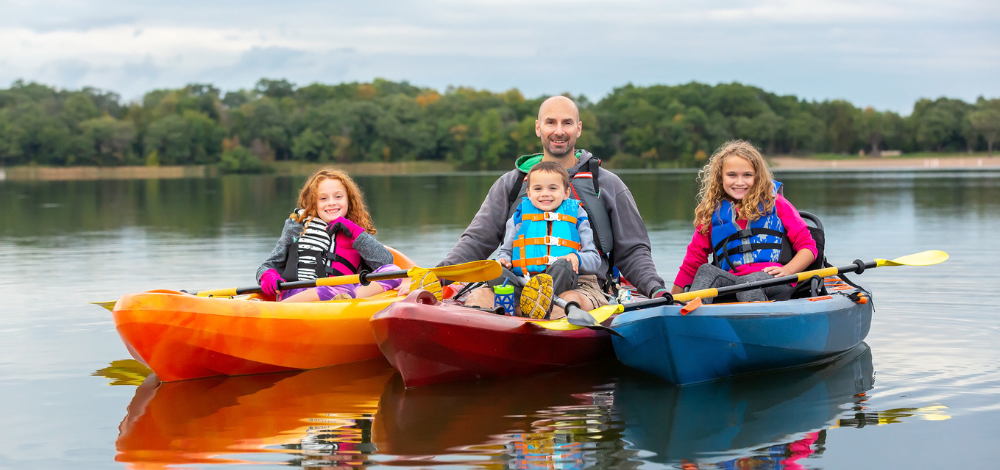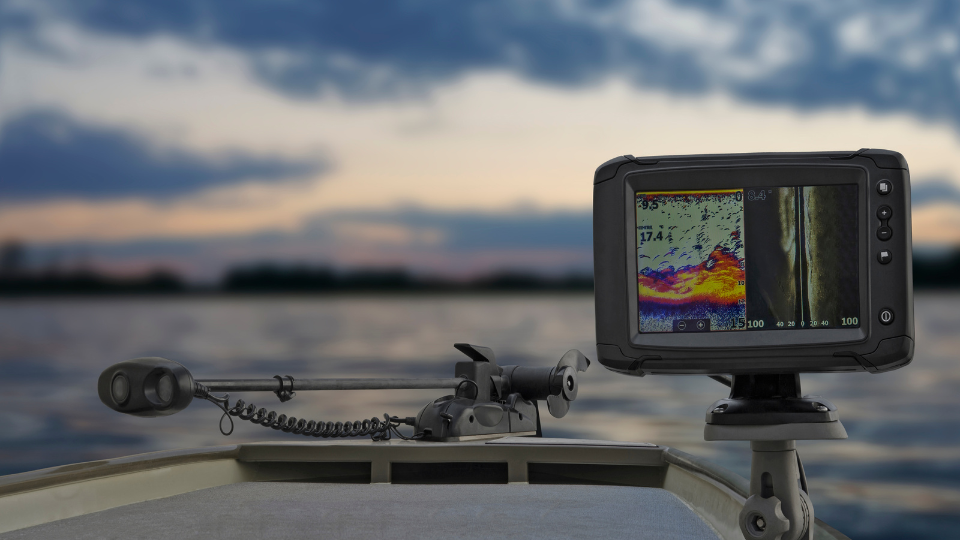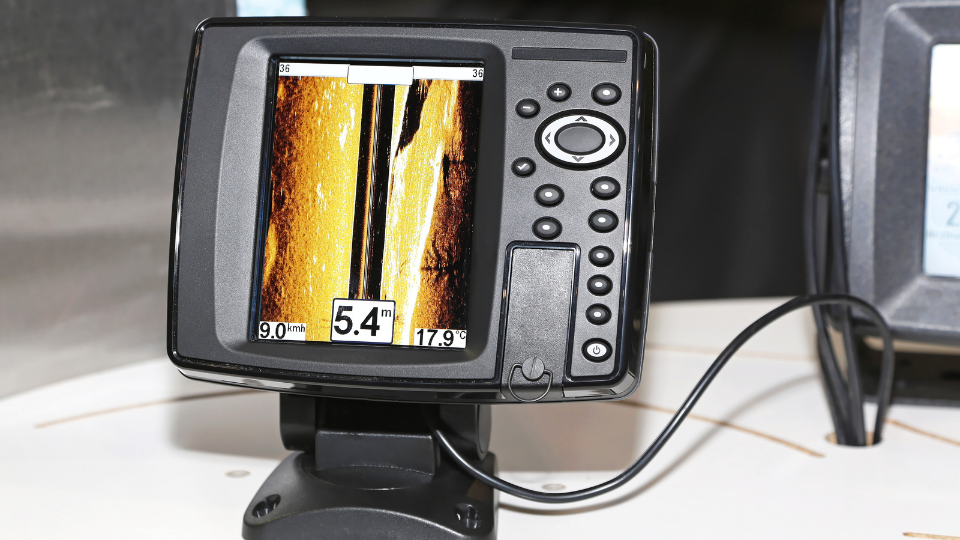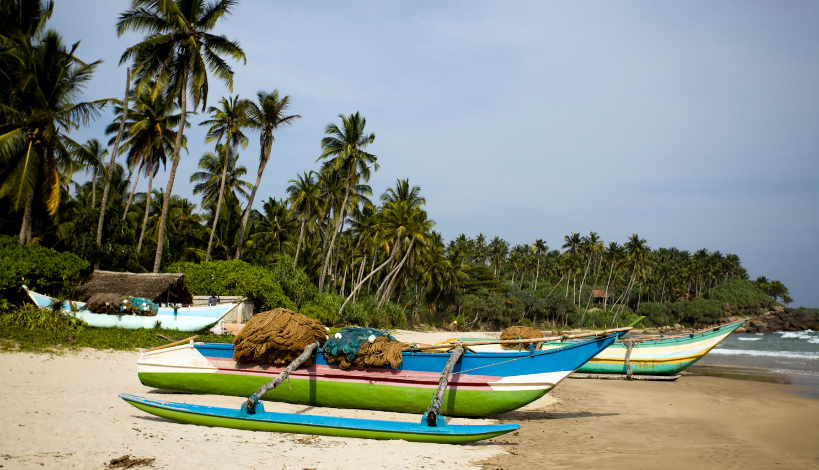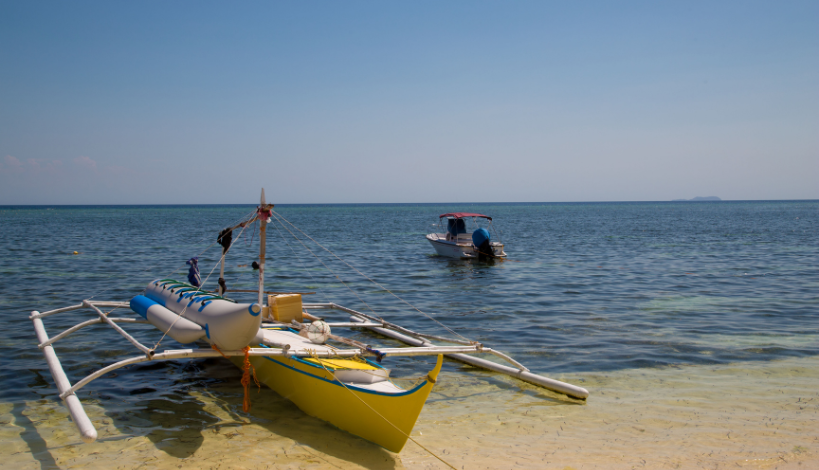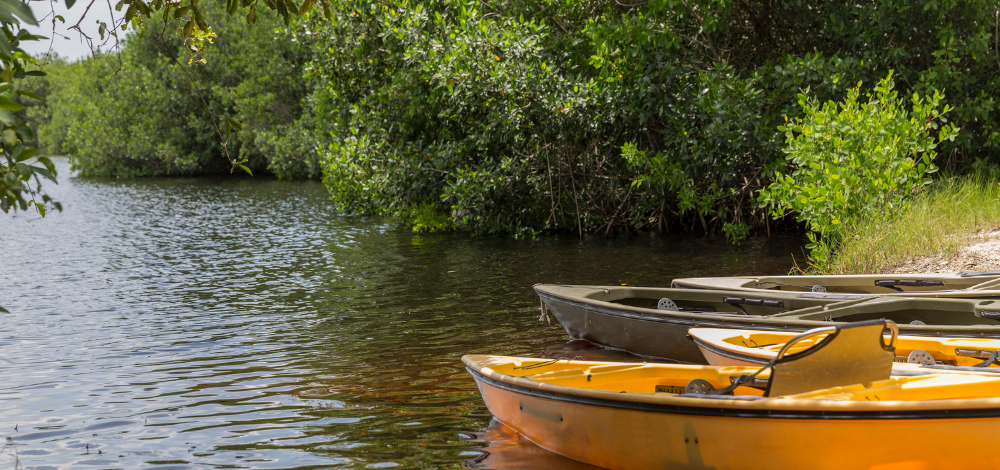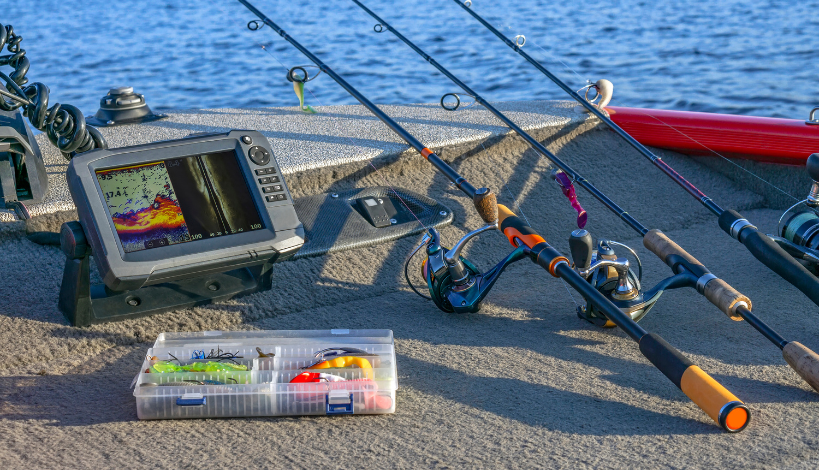Skirts for a kayak? Yes sir or ma’am! They exist! One of the most essential pieces of gear you will need is a kayak skirt, also called a spray skirt, which prevents water from entering your kayak.
However, many kayakers are unsure whether kayak skirts are universal or if they come in different sizes and styles. The short answer is no, kayak skirts come in a wide variety of sizes and styles, so it is important to make sure you choose the right one for your kayak and your body type.
Most kayak skirts are designed to fit specific kayak models or brands, so it is important to check the manufacturer’s website or consult with a sales representative to find the right fit for your kayak.
Some brands, like NRS and Yakima, have universal kayak skirts that fit a range of kayaks, but it is always best to double-check before purchasing.
Spray skirts not being universal is a pain in the butt and I remember how awful my first shopping trip was trying to find one for my hard shell kayak. BUt worry not, I’ve got the breakdown for you:
Things to Consider Selecting a Skirt for Your Kayak
There are a few things to consider when selecting a kayak spraying skirt.
#1. Neoprene vs Nylon Material
When choosing a kayak skirt, you will want to consider the materials it is made from. Most kayak skirts are made from neoprene or nylon. Neoprene skirts are more durable and provide a better seal, making them ideal for colder temperatures and rougher waters.
Nylon skirts, on the other hand, are more breathable and lightweight, perfect for warmer temperatures and calmer waters. Ultimately, the type of material you choose will depend on your individual needs and preferences.
#2. Cockpit Size
Kayak skirts also come in a variety of styles, including cockpit size, waist size, and deck height. The cockpit size refers to the size of the opening in the skirt that fits over the cockpit of your kayak.
Make sure to measure the dimensions of your kayak’s cockpit before purchasing a skirt to ensure a proper fit. The waist size refers to the size of the skirt itself and should fit snugly but comfortably around your waist.
Deck height refers to the height of the skirt and how far up it covers your torso. This is particularly important for whitewater kayakers who need a higher deck height to prevent water from entering the kayak during rapids.
#3. Features
In addition to size and style, you will also want to consider the features of your kayak skirt. Some skirts come with adjustable waistbands, which allow for a custom fit, while others come with pockets or other storage options for small items like keys or phones.
Some kayak skirts come with bungee cords that attach to your kayak, providing an extra level of security and preventing the skirt from coming loose during rough waters.
What is a Kayak Skirt Called?
A kayak skirt is also commonly called a spray skirt.
Do You Need a Spray Skirt for Kayaking?
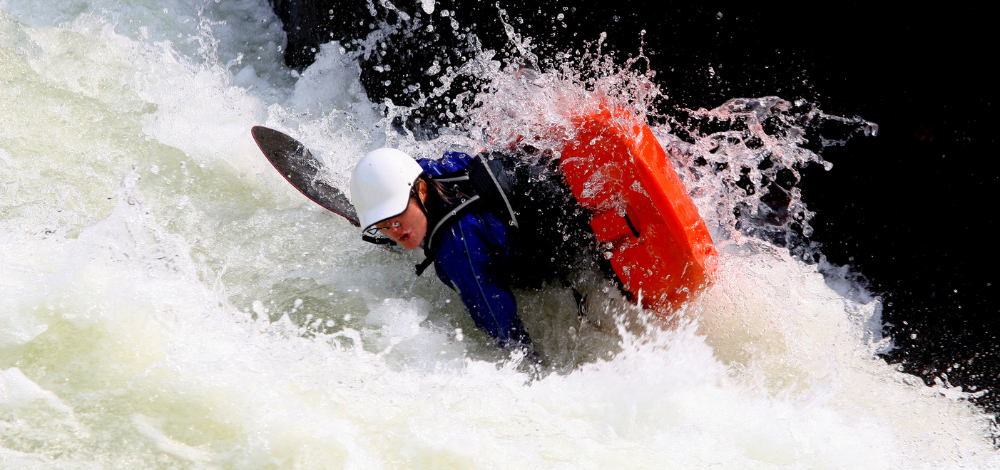
Yes, a spray skirt is an essential piece of gear for any type of kayaking. A spray skirt prevents water from entering your kayak and provides warmth and protection against the elements. It also helps you stay dry and comfortable while paddling.
Unless you’re kayaking in super calm waters, it’s a good idea to invest in a durable and reliable spray skirt.
What Are the Biggest Brands that Produce These Skirts?
The biggest brands that produce kayak skirts are NRS, Yakima, Seals, and Ocean Kayak. Each of these companies offers a wide selection of spray skirts for every type of kayaking activity.
NRS is known for its high-quality neoprene skirts with multiple sizes and fits available. Yakima specializes in lightweight, breathable nylon skirts that are perfect for warmer weather.
Seals is a leader in the industry and offers an impressive range of sizes and styles to fit any kayak. And lastly, Ocean Kayak has an extensive selection of both neoprene and nylon skirts designed for recreational and performance kayaking.
How Much Do They Cost?
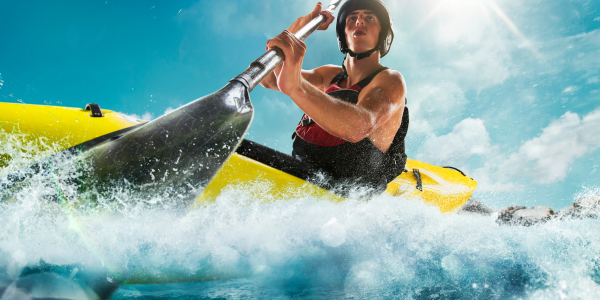
The cost of a kayak skirt can range from $50 to over $200, depending on the brand and features. Generally speaking, neoprene skirts tend to be more expensive than nylon skirts, but still offer good value for money.
When shopping around for a kayak skirt, make sure you factor in quality as well as price. A high-quality skirt that fits properly and is made from durable materials will provide long-lasting protection and comfort, which is well worth the investment.
Over a decade ago, I invested in a cheap skirt for my kayak that I accidentally ripped a few uses in so please take your time and make the proper investment when you buy one.
Conclusion
Kayak skirts are an essential piece of gear for any kayaker especially if you kayak often but it is important to choose the right one for your kayak and your individual needs.
Remember to consider the size, style, materials, and features of your kayak skirt when making a purchase. With the right kayak skirt, you’ll be able to enjoy your next adventure on the water with confidence and ease.
